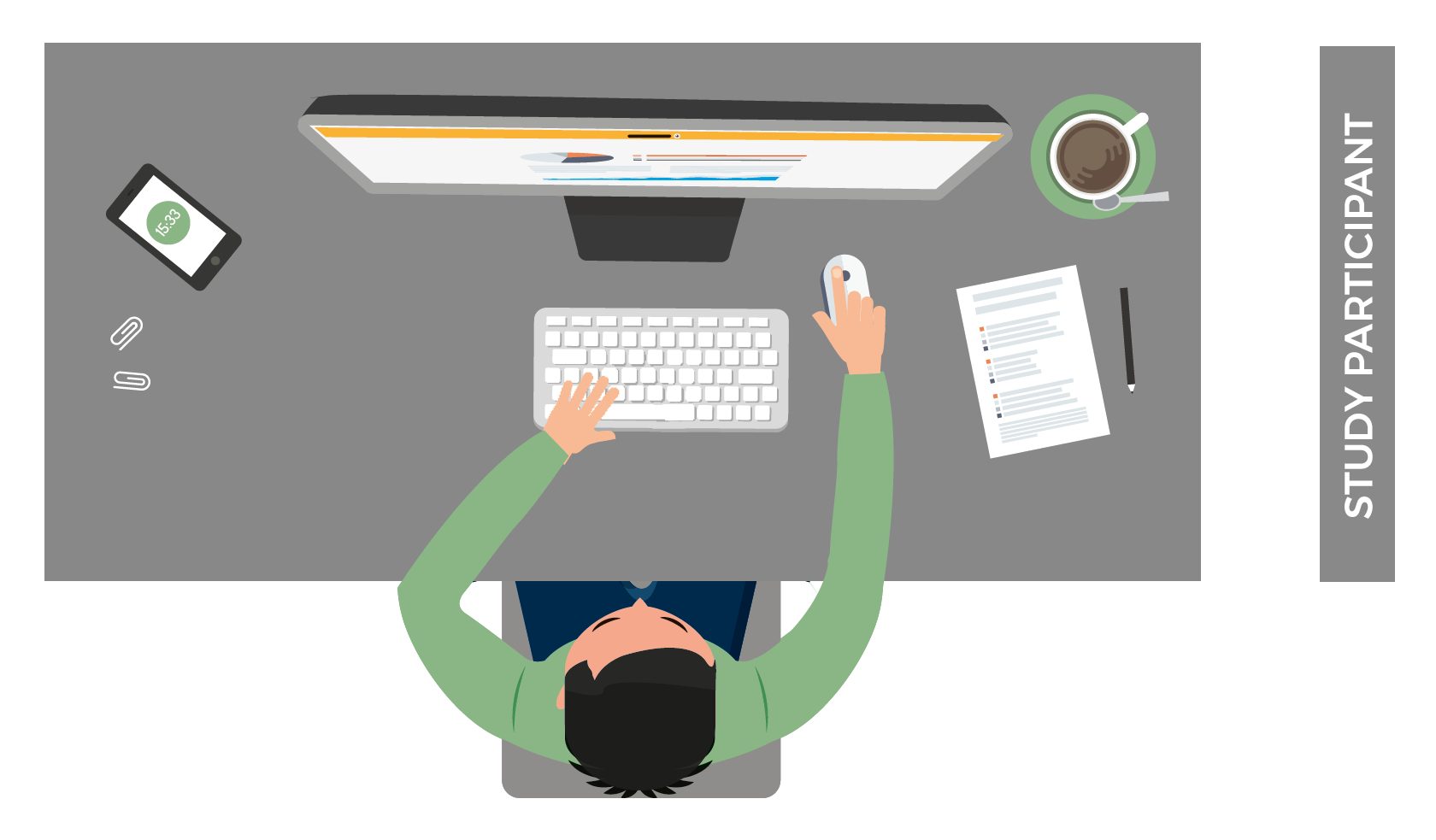As we mentioned in Chapter 1, Why Everyone Should Run Remote Usability Tests, in a remote unmoderated usability study, the UX researcher sets up the UX study and analyzes the results, but unlike a moderated study, the participants complete the session without a moderator present. This allows the study participants to complete the study tasks where and when it is most natural to them. An unmoderated study using the hybrid approach uses a combination of the survey and user video methods that were introduced in the previous chapters. Participants create user videos and answer survey questions.

Hybrid remote unmoderated study
An advantage of this method is that it provides user videos showing what the participant did, as well as self-reported feedback. It is also relatively lightweight and has a quick turnaround.
As with any unmoderated method, the challenges of this method include the inability to ask follow-up questions, as...



